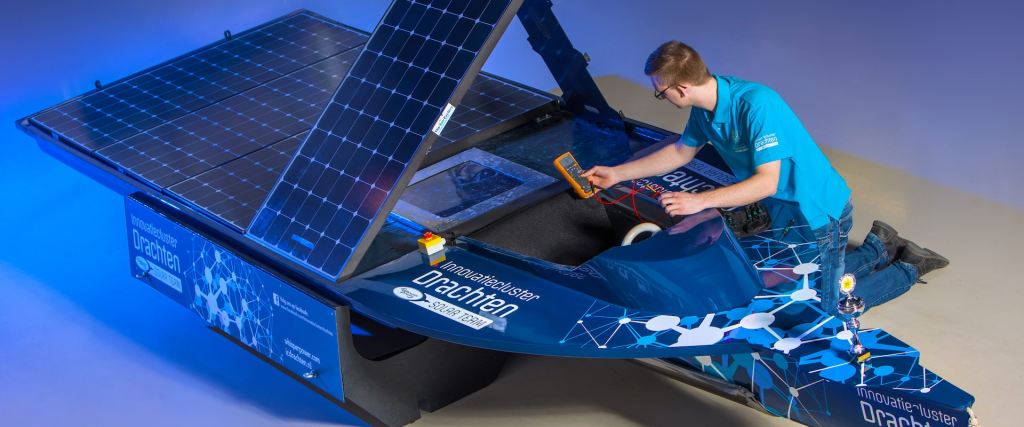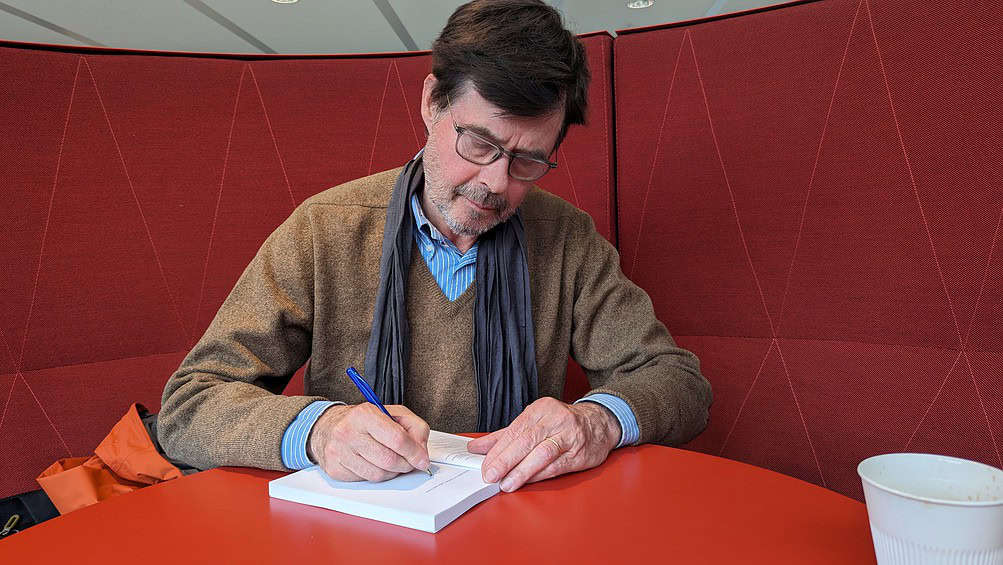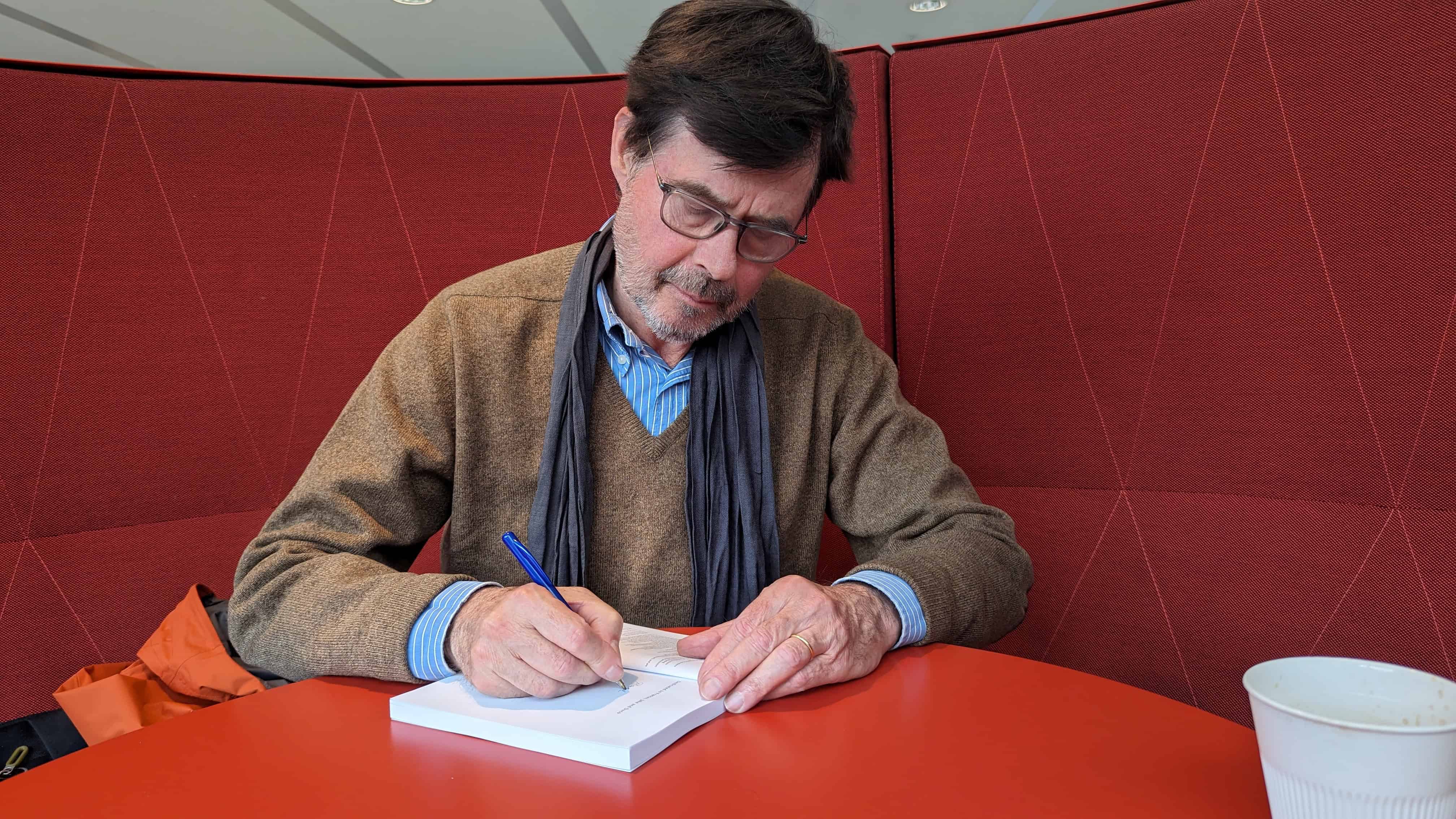
When we think of innovative clusters, we immediately have Silicon Valley, London, Munich, and maybe even Eindhoven in our minds. But Drachten? Think twice. The Drachten Case Story, as detailed in Fred Bakker’s “Unleashing the Power of European Innovation,” offers a compelling example of how the principles of “Sharing Brainpower” can lead to extraordinary results. Situated in the northern Netherlands, Drachten, a relatively small town, has transformed into a thriving hub of innovation, thanks to a unique collaborative approach that mirrors the broader themes of Bakker’s book. This case illustrates how local ecosystems can play a significant role in driving national and even international innovation.
Why is this important?
Fred Bakker’s book provides a sketch of Europe’s goals and methods through a bird’s eye view across current initiatives towards the three transitions. The workings of ‘Sharing Brainpower’ are described as a set of ‘lessons learned’. The book shows how top-down initiatives and the bottom-up approach reinforce one another, with case stories that prove that diversity does not have to mean fragmentation; it is a source of strength.
Fred Bakker will perform in a live public interview on September 12 at the High Tech Campus in Eindhoven. Tickets are on sale here.
The connector and the operator
Thoughts about external cooperation and anchoring activities in the region first occurred within Philips’ management at the beginning of this century. They headed the local branch where, among others, electric razors were produced and watched with regret as an entire production line was outsourced to China. They started to ask themselves how a further slimming down could be prevented. Bakker: “In Drachten, a visitor will not find beanbags, foosball tables, hipster bars or other exponents of the current startup mentality. Drachten takes you 50 years back in time. Around lunchtime, men in blue overalls with a plastic sandwich box walk to the factory canteen. But behind that traditional facade lies a new world of collaboration and knowledge sharing.”
Bakker explains the in the Drachten alliance, two roles were important: the Connector and the Operator. “The local Philips CEO Kor Visscher was the connector who could paint a vision of the future, but he could also translate that to the here and now. He realized that the main danger in the process of building an alliance was Philips itself. He wanted to prevent his employer from becoming the big tree taking away the sunlight from smaller plants. From the start, he created a lot of space for the ideas of other participants.”

Drachten’s success story centers on the collaboration between various stakeholders, including local government, educational institutions, and industries. This collaboration is not a mere partnership on paper but a dynamic ecosystem where knowledge, resources, and expertise are continuously shared and refined. The Drachten companies, including multinationals and local firms, have created an environment where competition is complemented by cooperation. This concept aligns with the broader European strategy that Bakker champions.

Key Learnings from the Drachten Case
- Local innovation ecosystems can have a global impact: The Drachten case shows that even smaller regions can significantly contribute to global innovation when they leverage their unique strengths and collaborate effectively. This aligns with Bakker’s broader argument that Europe, with its diverse but interconnected regions, can compete globally by fostering such localized innovation hubs.
- Public-private partnerships as a catalyst: A central theme in Drachten’s success is the role of public-private partnerships. These partnerships, which involve the active participation of local government, are crucial in providing the necessary infrastructure and support for innovation. This is a microcosm of the larger European model where such collaborations are integral to advancing cutting-edge industries.
- Emphasis on education and skills development: Drachten’s focus on creating a skilled workforce through partnerships with local educational institutions is critical to its innovation strategy. This approach reflects the European emphasis on aligning education with industry needs, ensuring that the workforce is prepared for the demands of future industries. Bakker repeatedly highlights the importance of this alignment across Europe as a whole.
- Balancing competition and cooperation: One of the unique aspects of the Drachten model is how companies collaborate while maintaining their competitive edge. By sharing knowledge and resources, they collectively benefit from innovations that might have been out of reach if they worked in isolation. This balance of competition and cooperation is a hallmark of the European innovation model that Bakker advocates.
Integrating the Drachten lessons
The Drachten case is not an isolated success but rather a demonstration of how the broader principles of “Sharing Brainpower” can be applied locally to achieve remarkable outcomes. It exemplifies the potential of Europe’s innovation strategy when local ecosystems are empowered to collaborate, innovate, and contribute to larger national and international goals. As Bakker suggests, the lessons from Drachten should be recognized and replicated across Europe to strengthen the continent’s position in the global innovation race.
By understanding and adopting the collaborative spirit seen in Drachten, other European regions can similarly become innovation powerhouses, contributing to the continent’s overall competitiveness. This case reinforces Bakker’s argument that Europe’s strength lies in its ability to innovate and its unique approach to doing so – through shared brainpower and collaborative ecosystems. Bakker: “Sharing brainpower in Drachten is organized in such a way that all existing knowledge is used. In other words, people are taken seriously.”
Fred Bakker will perform in a live public interview on September 12 at the High Tech Campus in Eindhoven. Tickets are on sale here.

